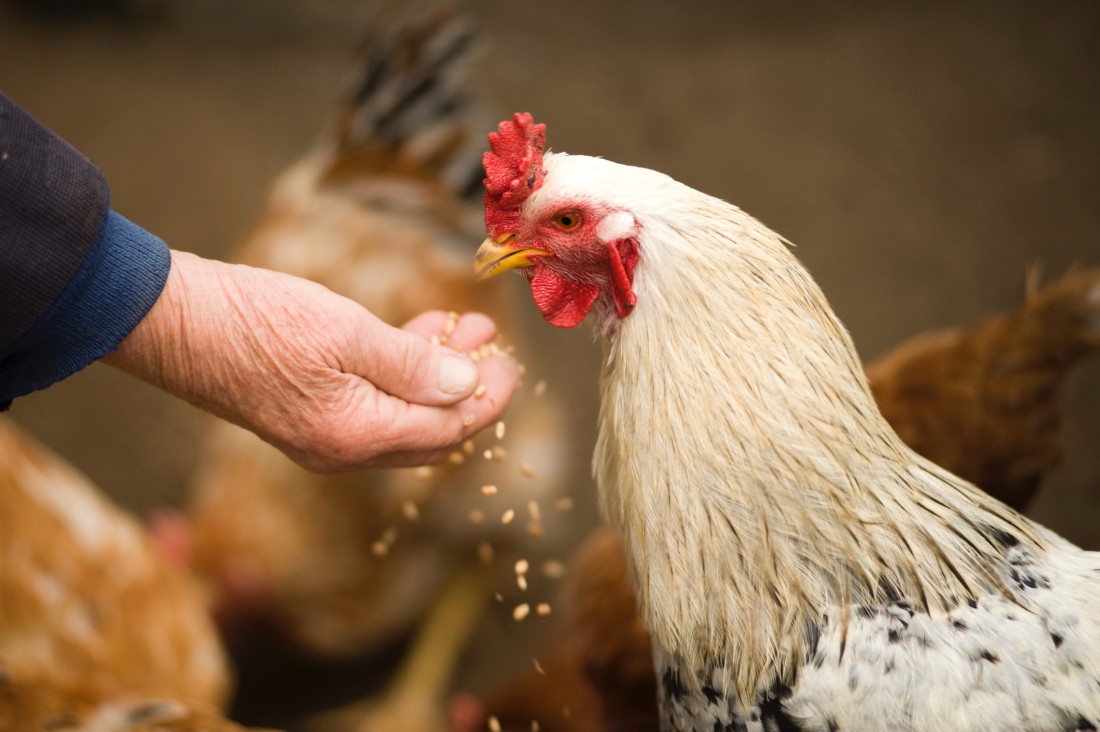But now it seems that consumer demand has taken this to the next level, with a growing number of restaurant chains promising to source their meat products more carefully. This trend took a big step forward in December 2016, when the cafe chain, Pret a Manager, pledged on their website that, “by 2024 we’ll ensure 100% of our chicken is produced using Global Animal Partnership (GAP) standards.”
More recently, household names, such as Subway and Ruby Tuesday, also declared their intentions to source chicken meat from birds that have been more ethically raised. This includes improved living conditions for poultry, such as better lighting, and lower density living, as well as more humane slaughter techniques. But more significantly for poultry feed suppliers and manufacturers, as the industry journal Farmer’s Weekly reports, is the desire, “to introduce slower growing chicken breeds.”
‘Slower growing’ has been defined by the Global Animal Partnership (GAP), as a rate of growth “equal to or less than 50 grams of weight gained per chicken per day averaged over the growth cycle,” this is compared to the current industry average of approximately 61 grams per day.
The idea to switch to slower growing breeds is, as the GAP states, “[Because] rapid growth rate has significant impacts on the welfare, including health, of chickens.” However, they also note that, “Since birds do not gain weight linearly, thresholds for maximum daily weight gains may not be an effective measure.” They also warn that more research is needed.
While many people both inside and outside the poultry industry agree that improved standards for birds is a positive step, there are concerns that the increased farming of slow growing broiler hens has too many disadvantages to be called ‘progress’.
For example, Ashley Peterson, Ph.D., senior vice president of scientific and regulatory affairs at the National Chicken Council (NCC) in America, said recently that, “These improvements must be dictated by science and data – not activists’ emotional rhetoric – which is why we support further research on the topic of chicken welfare and growth rates.”
Meanwhile, Fabian Brockotter , editor of the industry journal Poultry World, quotes the NCC research in stating that, “In assessing a transition to a slower growing breed, the environmental impact is an important component often left out of the equation. If only 1/3 of broiler chicken producers switched to a slower growing breed, nearly 1.5 billion more birds would be needed annually to produce the same amount of meat currently produced – requiring a tremendous increase in water, land and fuel consumption.”
The industry experts Watts, also reported on the NCC study, outlining that, “The additional land needed to grow the feed (corn and soybeans for 1.5 billion extra birds with longer lives) would be 7.6 million acres/year, or roughly the size of the entire state of Maryland.” They also add that, “5.1 billion additional gallons of water per year [would be needed] for the chickens to drink (excluding additional irrigation water that would be required to grow the additional feed).” And that, “Slower growing chickens will stay on the farm longer, producing 28.5 billion additional pounds of manure annually.”
Most importantly for feed suppliers, however, is that a lot of additional feed would be needed. In fact, the NCC commissioned study by Elanco Animal Health estimates that the feed required would be, “Enough to fill 670,000 additional tractor trailers on the road per year.”
And while the report does not give a dollar value for this amount of feed, it does estimate that the total cost of rearing slower growing breeds to the chicken farming industry in America would be $9 billion. If only half of this total was spent on feed, then feed manufacturers and suppliers may be on the verge of a golden age of production growth.
While this might cause panic to any chicken farmer reading this, the likelihood is that most or all of this cost would be passed on to the consumer. And with 1.5 billion extra chickens needed for the US market, there will be plenty of opportunities for poultry farmers, chicken breeders, and animal feed suppliers to make extra profit.
Public perception of the livestock farming industry has been on a downward spiral for some time. Animal rights groups release videos of some shocking conditions that farm animals are kept in, which negatively impacts the reputation of the entire industry. While public opinion of these conditions may be far from the true way that most animals are reared, it is significant that major restaurant chains are taking the public step and extra cost to source slower growing broilers.
If this trend continues, then it is possible that all birds eaten in the future will be from slower growing breeds, which should be good news for everyone in the industry. If consumers are willing to pay for improved bird conditions with longer lifetimes, then more farmers will be needed to rear the greater number of birds needed to meet demand. More feed will be needed for each bird, as they will live longer, and perhaps most importantly, the birds will be happier for living longer in improved conditions.
Happy, healthy birds lead to a happy, healthy poultry industry, which provides for a happy, healthy animal feed market.
Photo credit: YouTube & Becky’s Homestead

